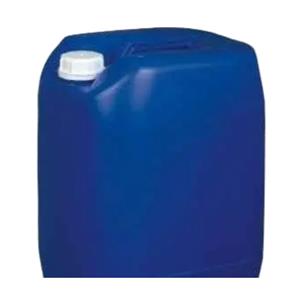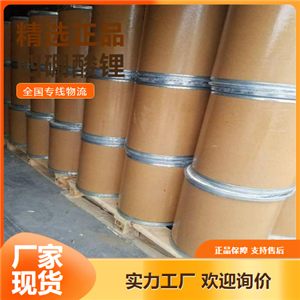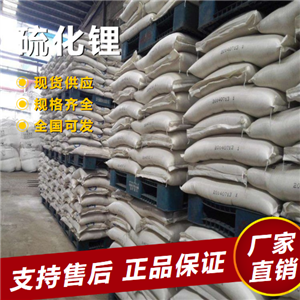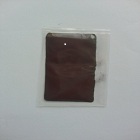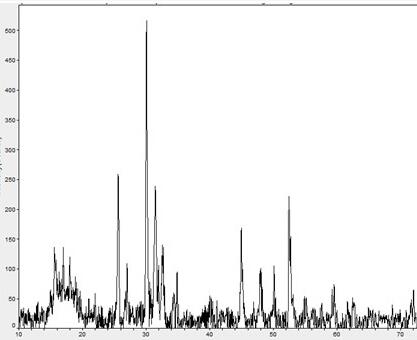(Deiseroth, Kong et al. 2008, Stadler and Fietzek2010, Prasada Rao and Adams 2011, Rayavarapu, Sharma et al. 2011, Boulineau,Courty et al. 2012, Boulineau, Tarascon et al. 2013, Tatsumisago, Nagao et al.2013, Chen, Rao et al. 2014, Tarascon and Simon 2015, Yubuchi, Teragawa et al.2015, Rao and Adams 2016, Yu, van Eijck et al. 2016, Auvergniot, Cassel et al.2017, Cheng, Merinov et al. 2017, Inoue, Suzuki et al. 2017, Kim, Oh et al.2017, Kinoshita, Miura et al. 2017, Schneider, Du et al. 2017, Yu, Ganapathy etal. 2017, Chida, Miura et al. 2018, Nam, Oh et al. 2018, Xiang, Zheng et al.2018, Yubuchi, Uematsu et al. 2018)
Auvergniot, J., etal. (2017). "Redox activity of argyrodite Li6PS5Cl electrolyte inall-solid-state Li-ion battery: An XPS study." Solid State Ionics 300: 78-85.
Boulineau, S., et al. (2012)."Mechanochemical synthesis of Li-argyrodite Li6PS5X (X=Cl, Br, I) assulfur-based solid electrolytes for all solid state batteriesapplication." Solid State Ionics 221: 1-5.
Boulineau, S., et al. (2013)."Electrochemical properties of all-solid-state lithium secondary batteriesusing Li-argyrodite Li6PS5Cl as solid electrolyte."Solid State Ionics242: 45-48.
Chen, M., et al. (2014)."High capacity all-solid-state Cu–Li2S/Li6PS5Br/In batteries." SolidState Ionics 262: 183-187.
Cheng, T., et al. (2017)."Quantum Mechanics Reactive Dynamics Study of Solid Li-Electrode/Li6PS5Cl-ElectrolyteInterface." ACS Energy Letters 2(6):1454-1459.
We have performed atheoretical study of the Li/Li6PS5Cl interface and showed the ability of theapplied computational methods to properly describe the chemical processes thatoccur at the interface. After a 500 ps ab initio molecular dynamics simulation,we find that the Li/Li6PS5Cl interface decomposes with formation of multiplephases and that the main decomposition products are Li2S, Li3P, LiCl, andpossibly LiP. These findings are in good agreement with reported experimentaldata. The observed quick decomposition is attributed to the weak bondingbetween P and S. On the basis of this and earlier obtained experimentalresults, we conclude that the chemical instability may be an intrinsic problemof P S-based solid electrolytes when they are in contact with Li-metal. Ourresults validate the effectiveness of the available computational tools toreach a deeper insight into the evolution of interfacial structures andproperties prior to experiment.
Chida, S., et al. (2018)."Liquid-phase synthesis of Li6PS5Br using ultrasonication and applicationto cathode composite electrodes in all-solid-state batteries." CeramicsInternational 44(1): 742-746.
Deiseroth, H. J., et al. (2008)."Li6PS5X: a class of crystalline Li-rich solids with an unusually high Li+mobility." Angew Chem Int Ed Engl 47(4): 755-758.
Inoue, Y., et al. (2017)."Synthesis and structure of novel lithium-ion conductor Li7Ge3PS12." Journalof Solid State Chemistry 246:334-340.
Kim, D. H., et al. (2017)."Infiltration of Solution-Processable Solid Electrolytes into ConventionalLi-Ion-Battery Electrodes for All-Solid-State Li-Ion Batteries." NanoLett.
Bulk-typeall-solid-state lithium-ion batteries (ASLBs) have the potential to be superiorto conventional lithium-ion batteries (LIBs) in terms of safety and energydensity. Sulfide SE materials are key to the development of bulk-type ASLBsbecause of their high ionic conductivity (max of approximately 10-2 S cm-1) anddeformability. However, the severe reactivity of sulfide materials towardcommon polar solvents and the particulate nature of these electrolytes poseserious complications for the wet-slurry process used to fabricate ASLBelectrodes, such as the availability of solvent and polymeric binders and theformation of ionic contacts and networks. In this work, we report a newscalable fabrication protocol for ASLB electrodes using conventional compositeLIB electrodes and homogeneous SE solutions (Li6PS5Cl (LPSCl) in ethanol or0.4LiI-0.6Li4SnS4 in methanol). The liquefied LPSCl is infiltrated into thetortuous porous structures of LIB electrodes and solidified, providing intimateionic contacts and favorable ionic percolation. The LPSCl-infiltrated LiCoO2and graphite electrodes show high reversible capacities (141 and 364 mA h g-1)at 0.14 mA cm-2 (0.1 C) and 30 degrees C, which are not only superior to thosefor conventional dry-mixed and slurry-mixed ASLB electrodes but also comparableto those for liquid electrolyte cells. Good electrochemical performance ofASLBs employing the LPSCl-infiltrated LiCoO2 and graphite electrodes at 100degrees C is also presented, highlighting the excellent thermal stability andsafety of ASLBs.
Kinoshita, T., et al. (2017)."Effect of the binder content on the electrochemical performance ofcomposite cathode using Li6PS5Cl precursor solution in an allsolidstate lithiumbattery."
Nam, Y. J., et al. (2018)."Toward practical all-solid-state lithium-ion batteries with high energydensity and safety: Comparative study for electrodes fabricated by dry- andslurry-mixing processes." Journal of Power Sources375: 93-101.
Prasada Rao, R. and S. Adams(2011). "Synthesis and Li+ ion Migration Studies of Li6PS5X (X = Cl, Br,I)." MRS Proceedings 1331.
Rao, R. P. and S. Adams (2016)."Membranes for rechargeable lithium sulphur semi-flow batteries." Journalof Materials Science 51(11):5556-5564.
The aim of achievinghigh-energy, long-life, safe and low cast storage batteries has broughttremendous scientific attention in the last decade, resulting in significantimprovements in the stored energy of cathodes and anodes particularly inlithium-based battery technology. However, presently available lithium-iontechnology cannot satisfy the increasing demand for energy density. Li-Sbattery is a typical example, which can offer theoretically a fivefold increasein energy density compared with conventional lithium rechargeable batteries.Despite significant advances, there are challenges to its wide-scaleimplementation, which include dissolution of intermediate polysulphide reactionspecies into the electrolyte when liquid polysulphide is used as cathodes.Another problem is preparation of polysulphides. Here we report a novel approachto replace the liquid electrolyte with solid lithium conducting membranes,Argyrodite (Li6PS5X(X = Cl,Br)) and Li10GeP2S12 solid electrolytes to mitigatethe problem. Among the three solid electrolyte membranes Li10GeP2S12 exhibitedhigh first discharge specific capacity of 1435 (+/- 3) mAh g(-1) at 0.5 C rate.
Rayavarapu, P. R., et al. (2011)."Variation in structure and Li+-ion migration in argyrodite-type Li6PS5X(X = Cl, Br, I) solid electrolytes." Journal of Solid StateElectrochemistry 16(5): 1807-1813.
Schneider, H., et al. (2017)."A novel class of halogen-free, super-conductive lithium argyrodites:Synthesis and characterization." Journal of Power Sources366: 151-160.
